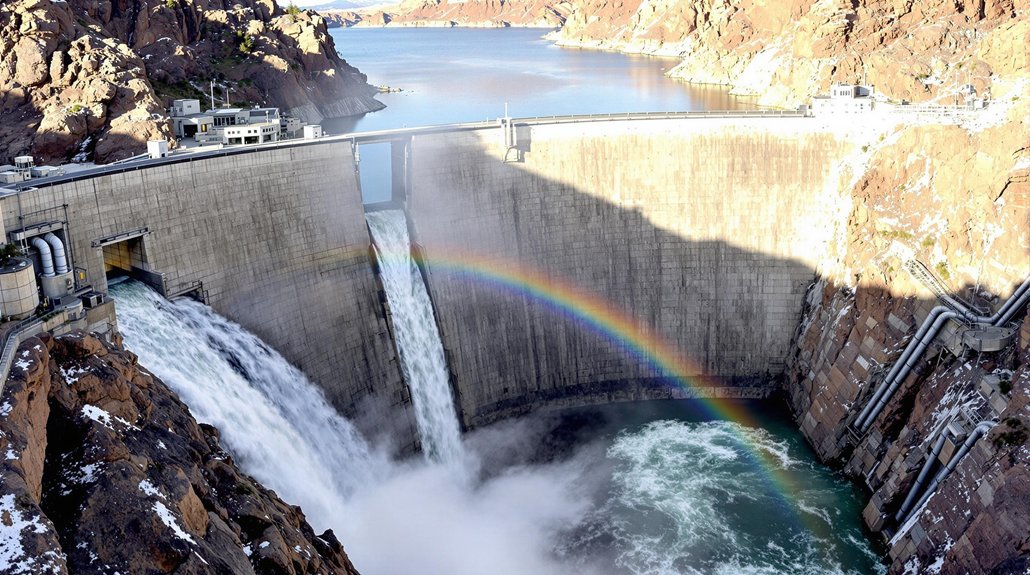Carbon credits and offsets are chalk and cheese in the climate change game. Credits work like regulatory permission slips – big companies need them to emit CO2 legally. Offsets? They’re the Wild West of carbon markets, funding actual projects like tree planting and solar farms. Credits operate in an $850 billion regulated market, while offsets swim in a smaller $2 billion pool. The deeper story reveals how these tools shape our planet’s future.

Two tools dominate the carbon reduction landscape, yet most people mix them up. Carbon credits and carbon offsets might sound similar, but they’re as different as apples and diesel engines. Credits are fundamentally permission slips to emit one ton of CO2, while offsets represent actual carbon reduction somewhere else in the world. Simple enough, right? Wrong.
The markets for these tools couldn’t be more different. Credits trade on regulated markets with government oversight and predictable pricing. It’s a massive industry – we’re talking $850 billion in 2021. Third-party verification ensures these markets maintain their integrity and credibility.
Meanwhile, the offset market feels like the Wild West, with prices bouncing between $3 and $50 per ton. At $2 billion total market size, it’s the smaller cousin that’s still trying to figure itself out. The market is projected to experience rapid growth as more corporations adopt ambitious sustainability goals.
Here’s where it gets interesting: credits don’t actually fund specific projects. They’re just permits. Offsets, on the other hand, directly fund real-world initiatives like planting trees or building solar farms. Many individuals use online calculators to determine their personal carbon footprint before purchasing offsets.
Sure, some offset projects are about as effective as using a paper fan to fight climate change, but at least they’re trying something tangible.
Big corporations are the main players in credit markets, forced by government regulations to participate. But offsets? Anyone can buy them. Your neighbor’s teenage daughter could offset her entire carbon footprint if she wanted to. Though with current prices, she might need to skip a few lattes.
The future looks busy for both markets. Credit prices could hit $100 per ton by 2030 – a price tag that might finally make some companies rethink their emission habits.
Offset prices remain unpredictable, much like the projects they fund. Some markets are even trying to merge the two systems, which sounds about as straightforward as teaching quantum physics to goldfish.
One thing’s certain: both tools aim to reduce greenhouse gases, just through very different approaches. Credits cap emissions with government muscle, while offsets rely on voluntary action and market forces.
Different tools for different jobs – and we’ll probably need both of them.








